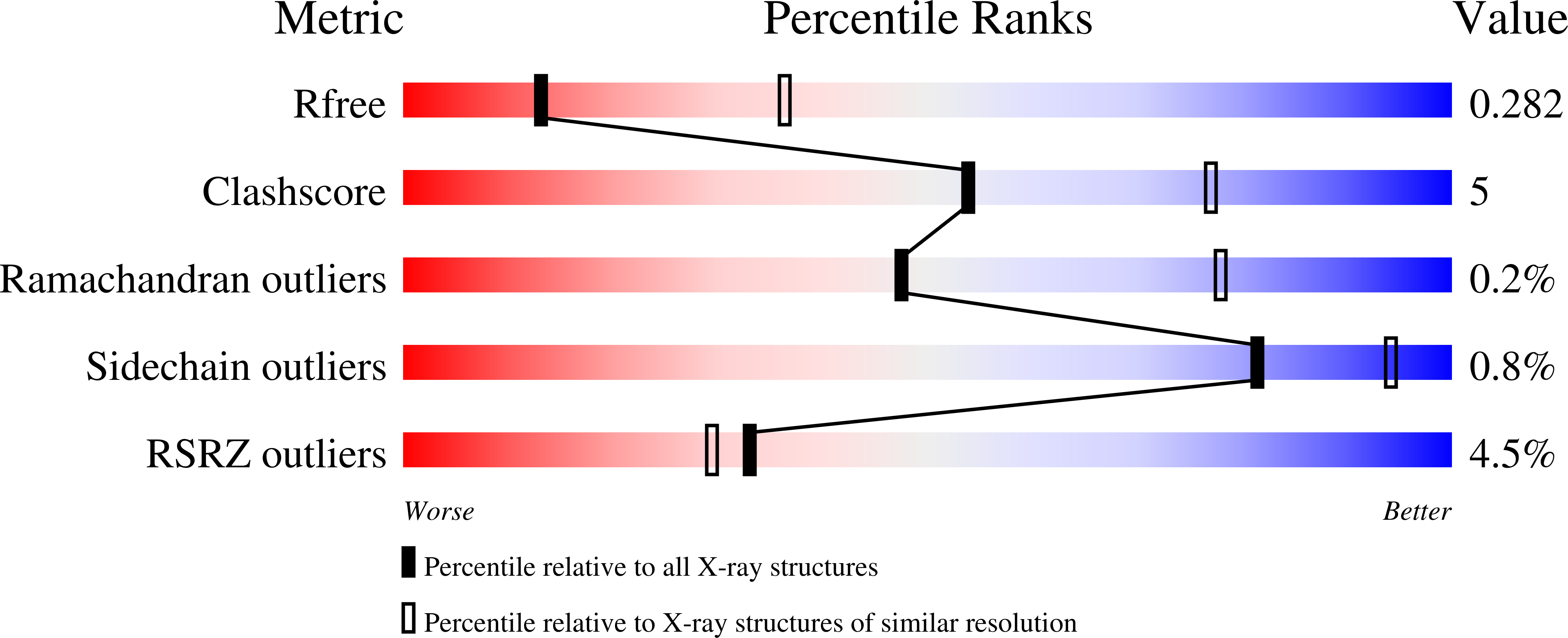
Deposition Date
2020-10-11
Release Date
2021-07-28
Last Version Date
2024-11-13
Entry Detail
PDB ID:
7KEO
Keywords:
Title:
Crystal structure of K29-linked di-ubiquitin in complex with synthetic antigen binding fragment
Biological Source:
Source Organism:
Homo sapiens (Taxon ID: 9606)
Host Organism:
Method Details:
Experimental Method:
Resolution:
2.90 Å
R-Value Free:
0.28
R-Value Work:
0.23
R-Value Observed:
0.23
Space Group:
C 1 2 1


